Tips for a clutter-free and an organised home
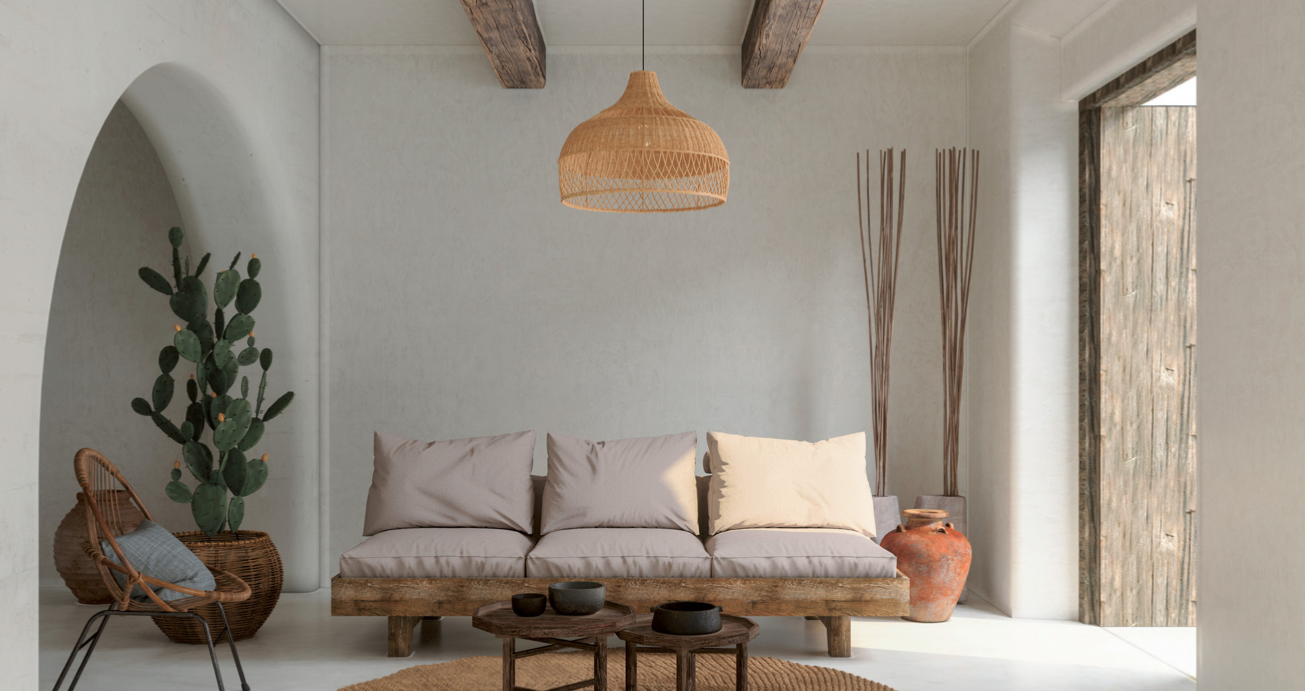
If you’ve ever found it hard to keep your home organised, know that you’re not alone. This challenge is even greater if you have children, as toys scattered around the house are a common sight. Let’s face it, not all of us have the patience or inclination to follow the advice of experts like Marie Kondo.
However, maintaining a neat home by decluttering what you don’t need and keeping things out of sight is achievable for everyone. The size of your living space shouldn’t be a barrier to keeping your home free of clutter. Even in a small flat, it’s possible to find a place for all your belongings.
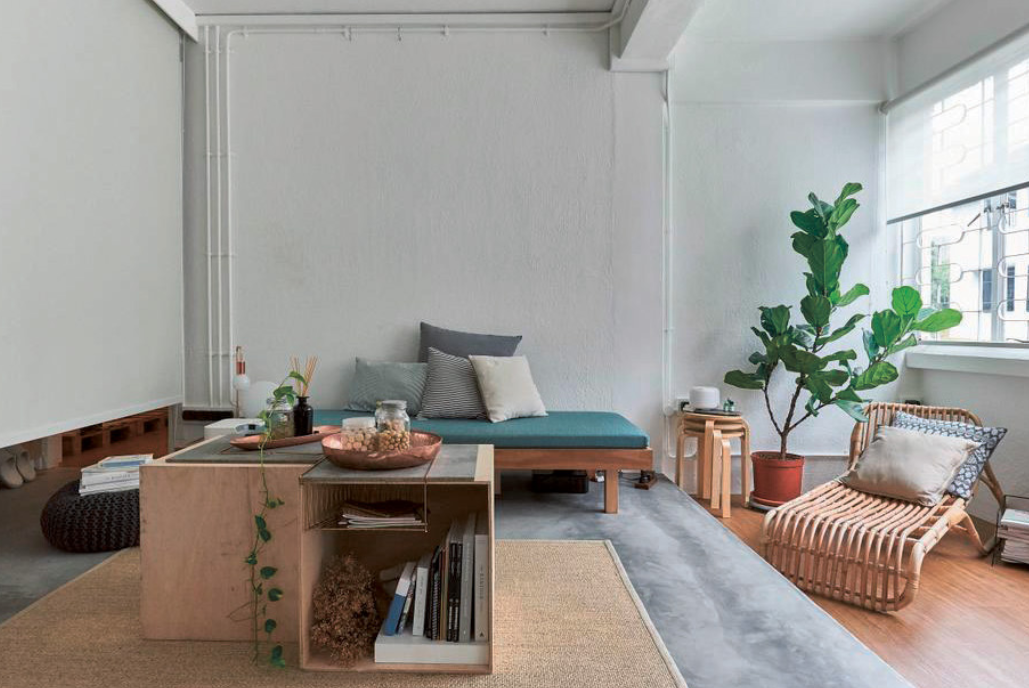
Design: M3 Studio
1. Beyond the basics
If you’re short on space, using multi-functional furniture is an easy way to keep your possessions. Think beds with drawers at the bottom, an ottoman with built-in storage or a kitchen island with storage underneath. These pieces keep your belongings neatly tucked away while keeping them accessible.
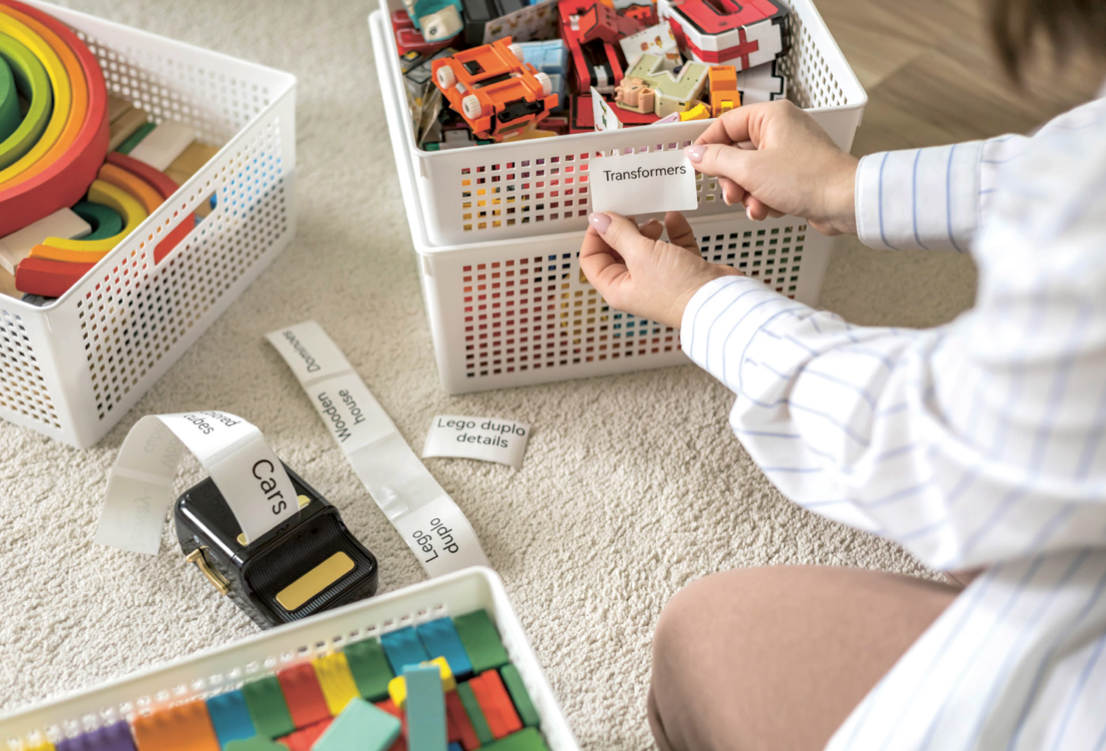
2. Label like a pro
From pantry items to toy bins, clear labels can save time and frustration. Sort your kids’ toys into designated storages and label them for clear indication. Imagine a world where your little ones can independently find their favourite toys and return them after play, all thanks to a labelling system. Not only does this promote a sense of responsibility and independence in your children, but it also eliminates the daily scramble of toy hunting, making playtime a breeze.
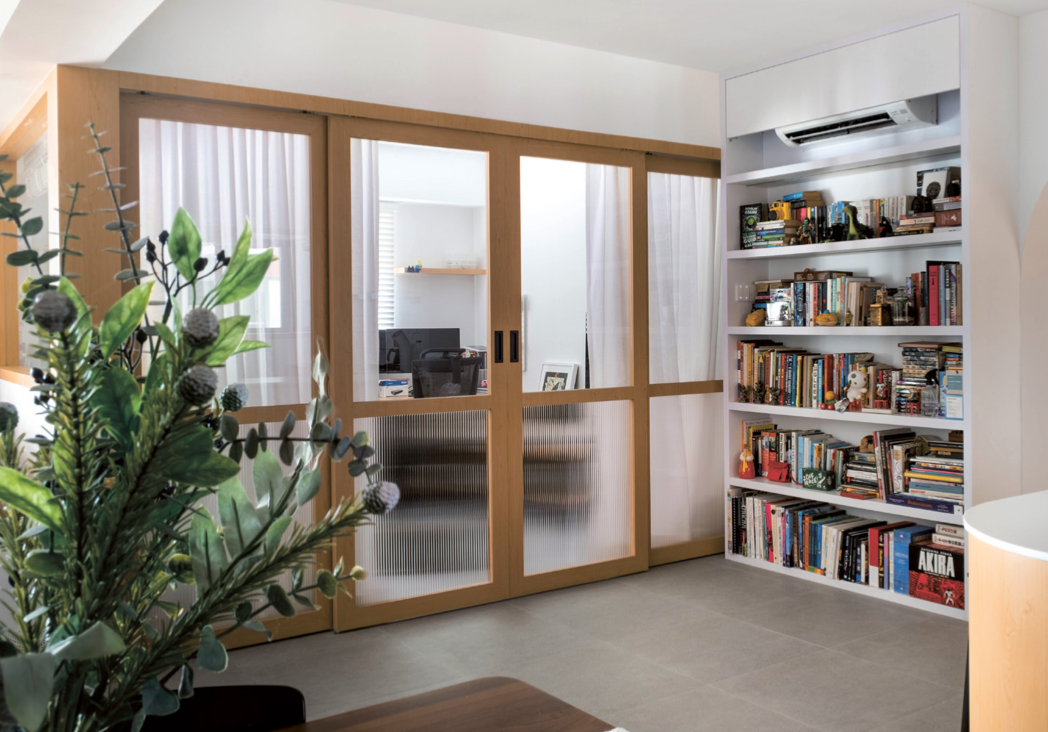
Design: GB interior
3. Go vertical
If there are avid readers in your home, chances are there are magazines and books littered all over. Shelving units and wall-mounted racks can turn empty wall space into valuable storage. It’s perfect for books, toys, and craft supplies, ensuring everything has its place without taking up precious floor space.
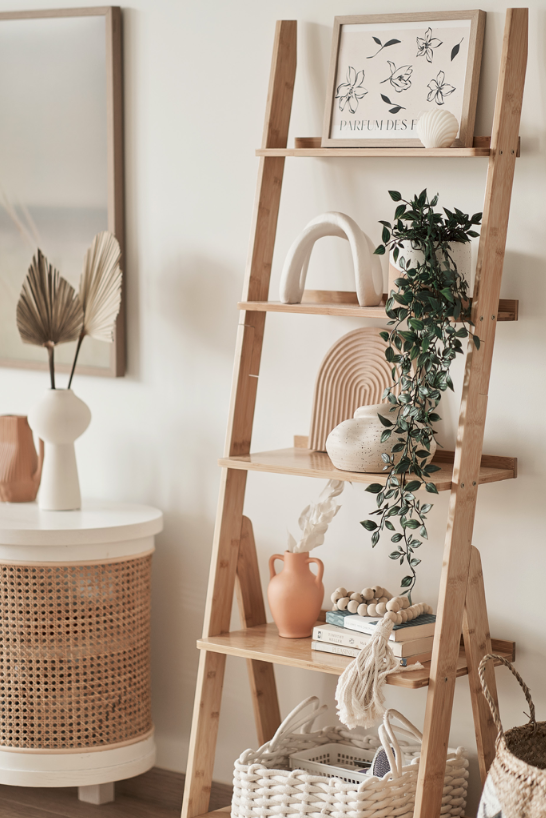
Design: Roomable
4. Open sesame
Cupboards are bulky; a smarter way to store items is via open shelving. This is especially ideal for entryway storage, so it’s easy to place keys, wallets or everyday school essentials. For larger families, use baskets for each family member so they have a designated zone to place their belongings. Shelves are also a good idea for bathrooms, to store towels and toiletries.
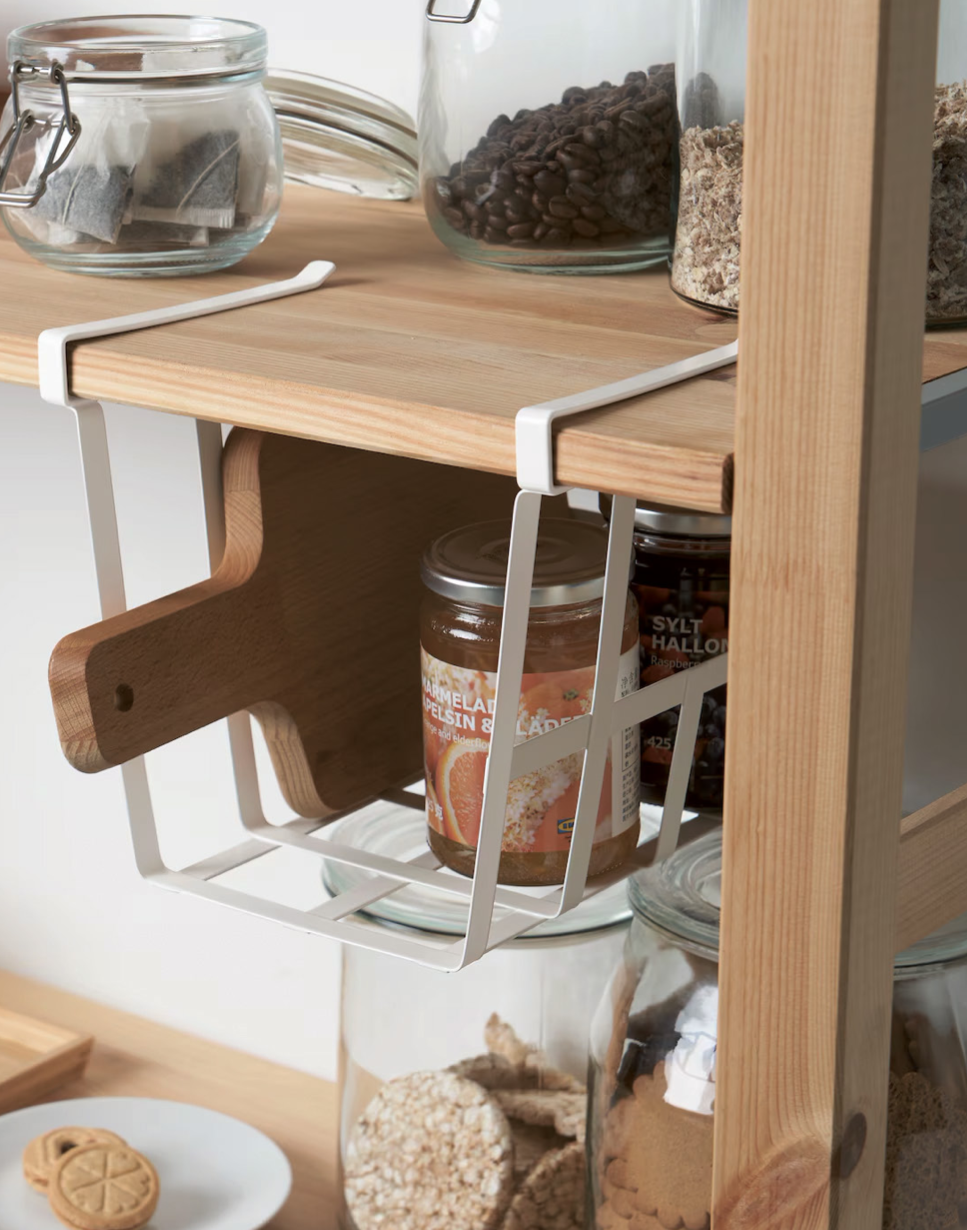
Product: PALYCKE, IKEA
5. Maximising space
Don’t ignore spaces such as cupboard doors, which provide ample storage space. For example, slim wire baskets are perfect for storing stationery items and hooks can be used
to hang bin bags. Small food items like spices and condiments are also easily organised in wire baskets within cabinets.
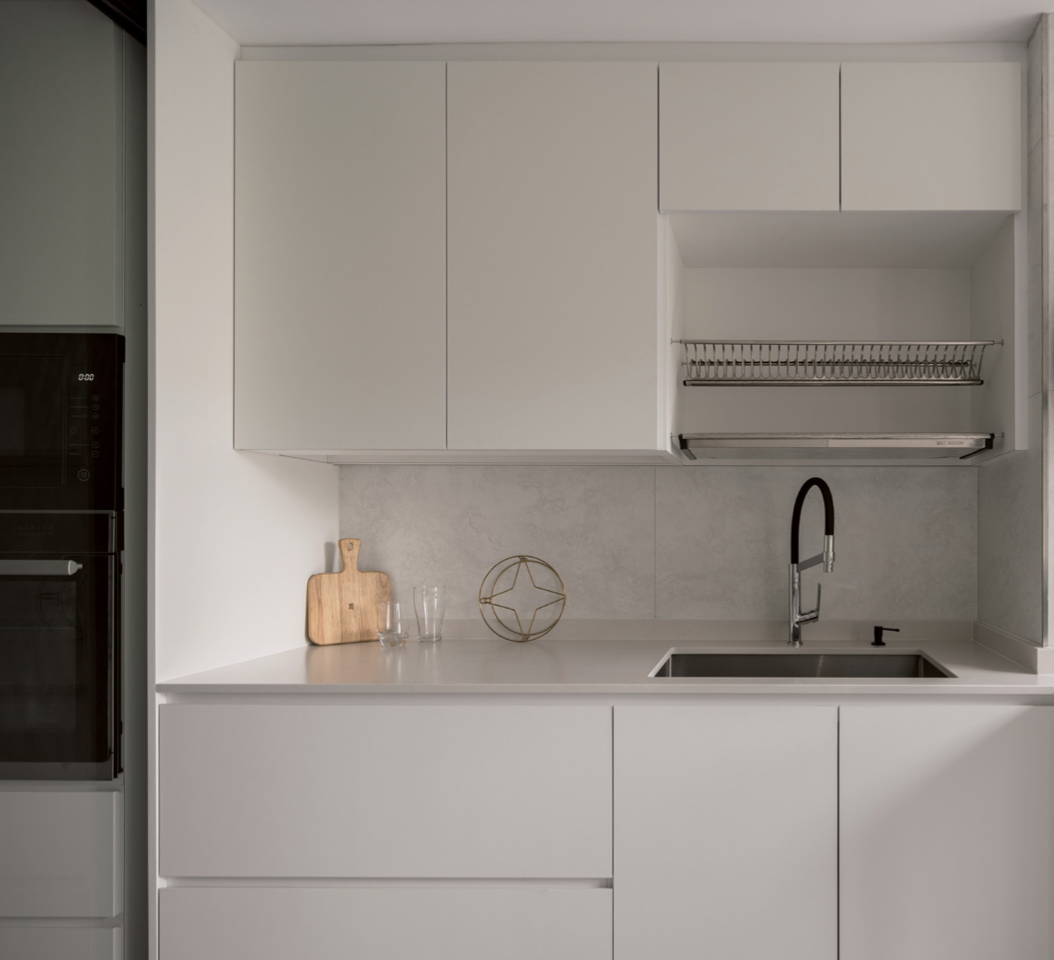
Design: Ovon D
6. Hideaway dish drying
If you don’t like looking at drying dishes next to your sink every time you walk into the kitchen, this is an easy way to solve it. Install a dish drying rack above your sink that can be concealed with a cabinet door. This way, your kitchenware can take their time to dry and they’ll be out of sight too.
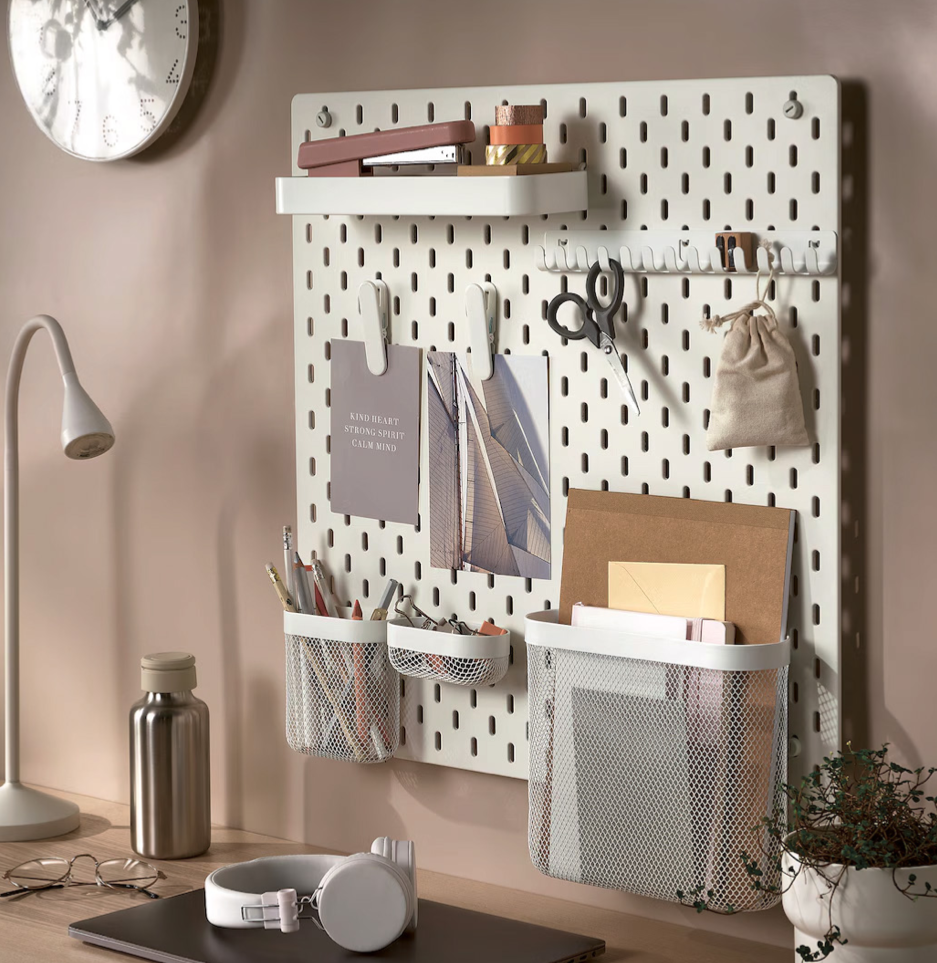
7. Use a pegboard
A pegboard can be used in any room in your home and is a tidy way to store small items. You can hang your pots and pans in the kitchen, keep items neat in your home office or to place adjustable shelving anywhere else.
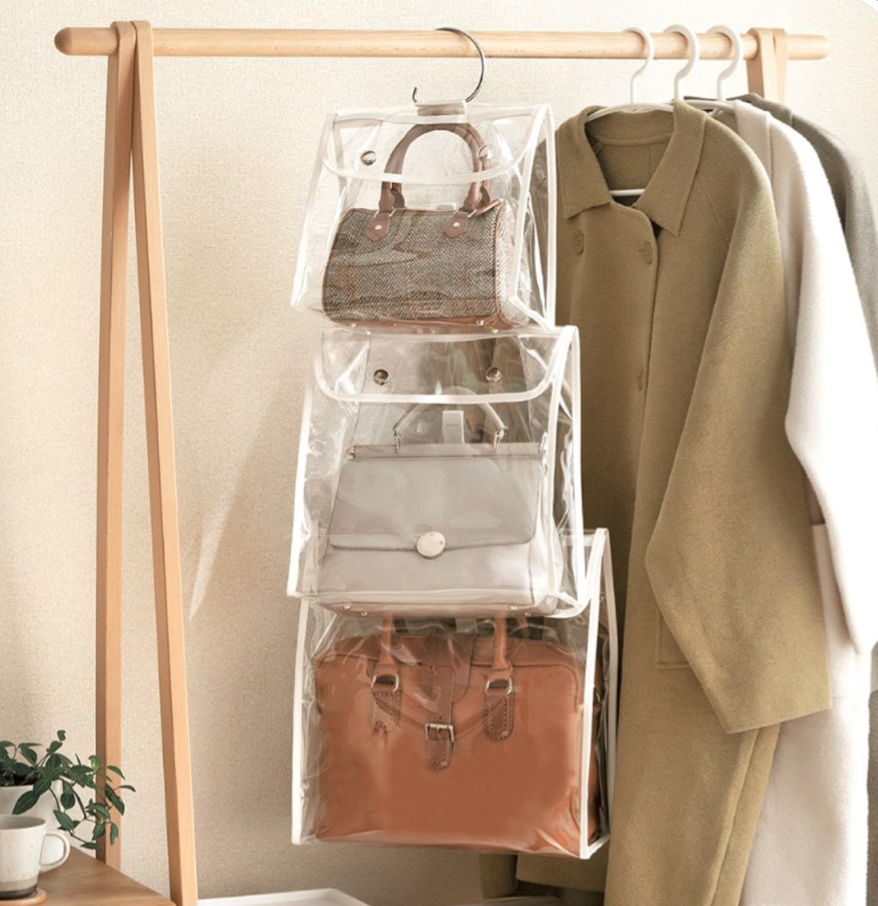
8. Hang in style
Instead of dumping your handbag collection into a storage box, which requires you to comb through it every time you want a new bag, consider storing them on specially-designed handbag hangers. This will not only keep them organised but also in better condition.

9. Reach and play
Your child probably already has a number of stuffed toys and receives even more as presents from loved ones. Instead of letting them scatter all over the home collecting dust, consider storing them in a shoe organiser. Its pockets are perfect for holding their favourite stuffed animals, keeping them all together in one place. Opt for an over-the- door shoe organiser to ensure they’re within easy reach at any time.
This post was adapted from an article originally published in the April 2024 issue of SquareRooms.



